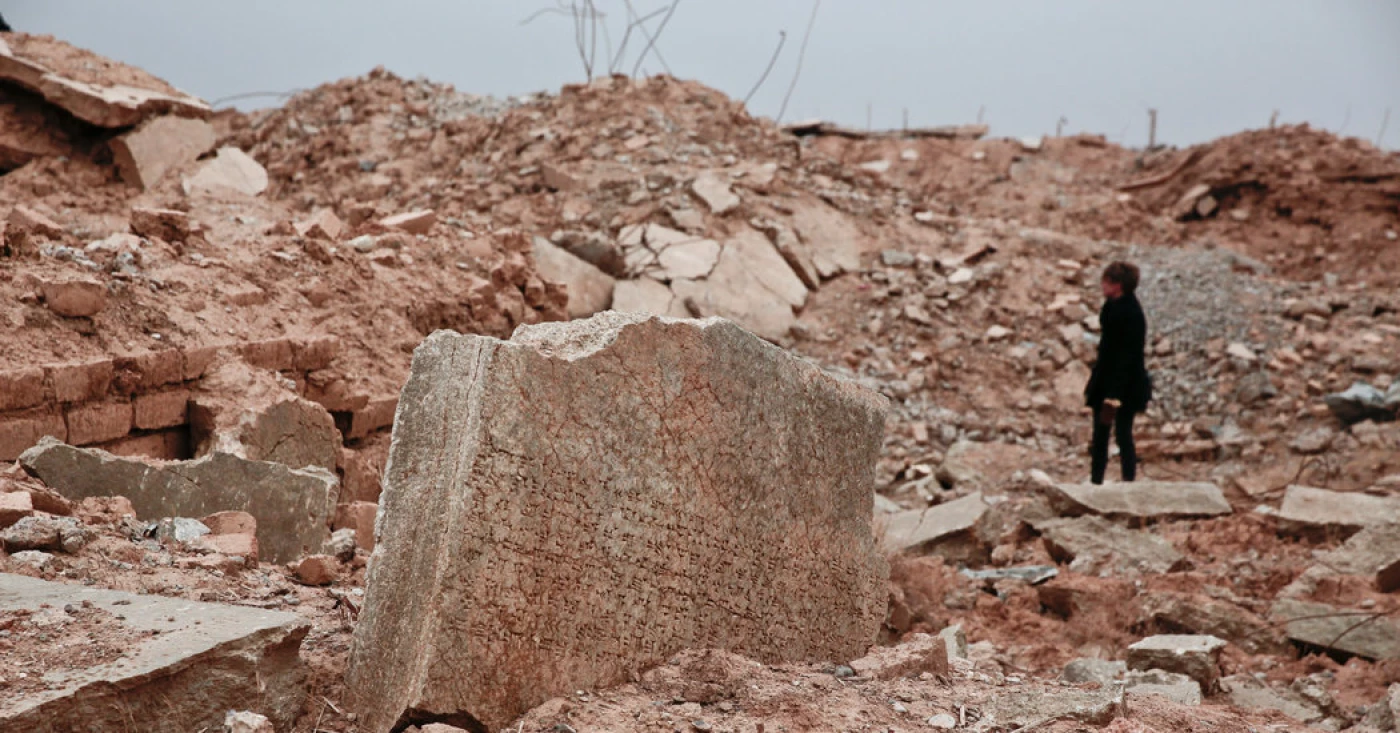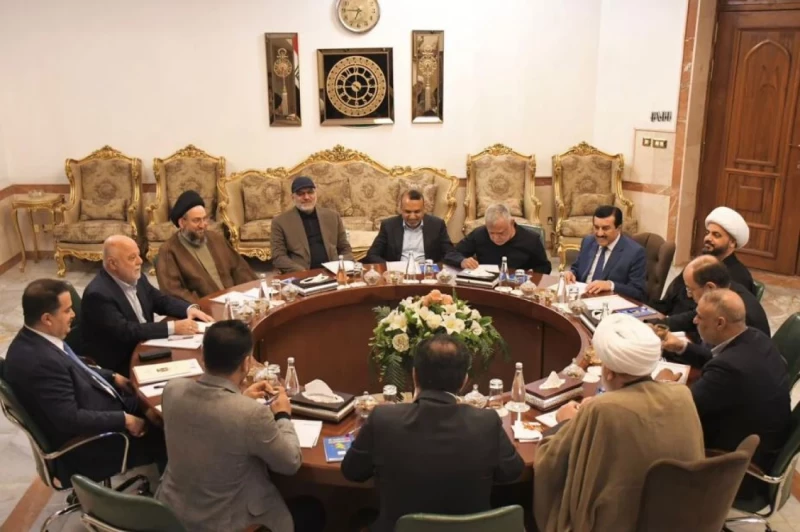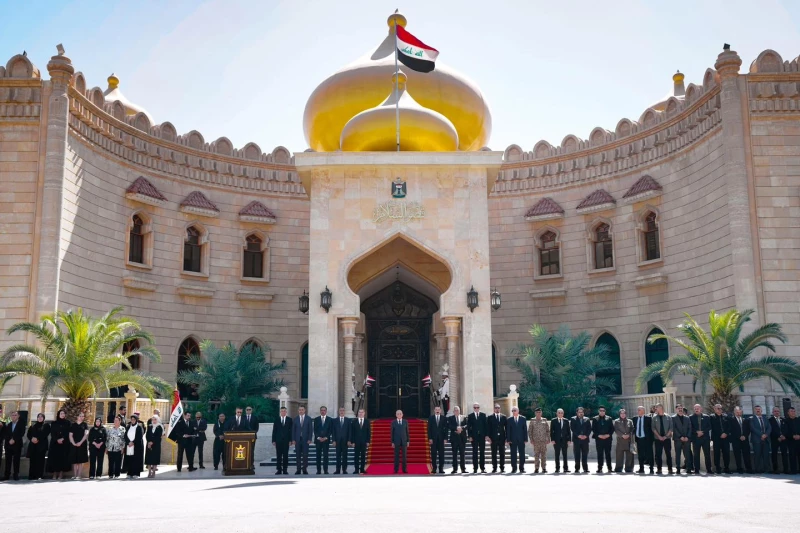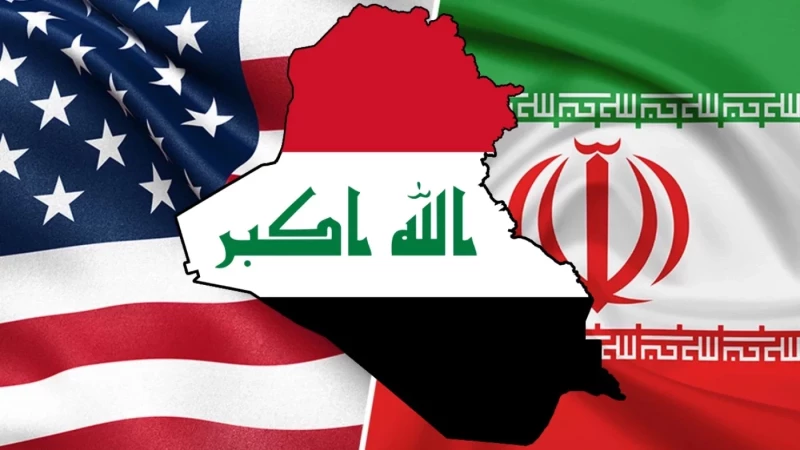The destruction of cultural heritage in Iraq, Kurdistan, and Iran due to armed conflict represents a profound loss not only for the communities directly affected but also for global civilization. In particular, the systematic devastation perpetrated by the Islamic State (ISIS) between 2014 and 2017, most notably the destruction of Nimrud and the Mosul Museum, highlights a new era in which cultural erasure is weaponized for ideological, political, and economic gain. These deliberate acts of cultural violence have underscored the urgency for international cooperation, innovative preservation strategies, and a renewed commitment to cultural diplomacy as a driver for peacebuilding and resilience.
The geographical corridor encompassing Iraq, Kurdistan, and Iran is widely recognized as the cradle of ancient civilizations. From the Sumerians and Assyrians to the Persians and early Islamic empires, this region has fostered humanity’s earliest advancements in writing, law, architecture, and spiritual expression. The city of Nimrud, founded in the 13th century BCE, was a capital of the Assyrian Empire and stood as a testament to Mesopotamian artistic and administrative excellence. Likewise, Mosul has long served as a vibrant urban center where ethnic, religious, and cultural diversity coexisted. Iran’s inclusion in this context broadens the scope of civilizational heritage under threat. Although it was not directly assaulted by ISIS, its sites, including Persepolis and Susa, represent equally significant contributions to world heritage.
ISIS’s calculated campaign against cultural monuments was not merely incidental. Rather, it formed part of a larger ideological warfare strategy. Viewing pre-Islamic and non-Islamic artifacts as idolatrous, the group undertook the deliberate erasure of historical memory and sought to overwrite pluralistic narratives with its own radical theocracy. The razing of Nimrud, the desecration of the Mosul Museum, and the destruction of the ancient city of Hatra served multiple strategic purposes: to cleanse history of religious plurality, to draw international attention through shock-value propaganda, and to finance terrorism through antiquities trafficking.
There is irony in ISIS’s dual approach. While bulldozers and explosives obliterated monuments for symbolic effect, looters simultaneously extracted transportable antiquities and smuggled them through black-market networks. The United Nations estimated that these illicit activities contributed upwards of 100 million dollars annually to ISIS’s revenue stream at the height of its operations. The hybridization of ideological fervor and economic pragmatism introduced a new form of heritage crime, one that demands equally sophisticated responses.
In response, the international community mobilized through frameworks grounded in cultural diplomacy and multilateral heritage protection. UNESCO’s declaration of these acts as war crimes catalyzed initiatives such as the "Revive the Spirit of Mosul" campaign, which aimed not only to reconstruct physical structures but also to rebuild societal cohesion. Western and regional nations collaborated on emergency documentation and restoration efforts. Civil society organizations and digital humanities projects also played a vital role in conserving memory and historical data.
Rekrei, formerly known as Project Mosul, emerged as a notable example of public engagement in heritage preservation. Utilizing crowdsourced photographs and photogrammetric technology, the platform reconstructed digital versions of destroyed museum artifacts. These efforts underscore a critical shift: cultural diplomacy is no longer confined to intergovernmental negotiation. It now integrates grassroots participation, digital reconstruction, and technological innovation.
Simultaneously, a compelling economic rationale has emerged for the preservation of cultural heritage. The Brand Finance whitepaper titled Outstanding Universal Value: Preserving Heritage Protects Our Future positions heritage as a key pillar of national brand equity and soft power. By preserving and showcasing cultural landmarks, countries can attract tourism, promote local economies, and elevate their international profile.
Indeed, the erosion of cultural heritage diminishes economic potential. When monuments such as those in Nimrud or Mosul are destroyed, the resulting damage includes lost tourism revenue, reduced foreign investment prospects, and a weakened sense of national identity. Conversely, investment in cultural preservation acts as a catalyst for inclusive economic development and reconciliation, particularly when aligned with community-led recovery initiatives.
To proactively protect cultural assets in volatile regions, several strategic imperatives must be adopted. First, the deployment of digital twin technologies should be expanded. These high-resolution, three-dimensional models can preserve essential data for future reconstruction and serve as virtual educational tools. Second, conflict risk assessments must integrate cultural mapping to ensure that heritage sites are considered during military and humanitarian operations.
Furthermore, legal mechanisms for protection must be strengthened. Although the 1954 Hague Convention provides a foundational framework, enforcement remains inconsistent. A binding protocol with real consequences for violators, including sanctions and international prosecution, is essential.
Public-private alliances also offer significant potential. Partnerships with technology companies can enhance documentation, immersive virtual reality experiences, and archiving capabilities. For instance, Google’s Arts & Culture platform demonstrates how digital experiences can democratize access to cultural treasures.
Crucially, post-conflict recovery must be community-centered. Locals are not merely stakeholders. They are the custodians of cultural memory. Their involvement ensures authenticity, promotes social healing, and helps guard against future marginalization.
In conclusion, the destruction of cultural heritage in Iraq, Kurdistan, and Iran due to war, exemplified by the tragic loss of Nimrud, is a powerful call to elevate heritage protection within global peace and security agendas. This issue illustrates the close relationship between cultural identity, international diplomacy, and economic stability. By embracing digital innovation, fostering inclusive partnerships, and promoting a culturally literate diplomacy, the international community can transform these losses into an opportunity for global solidarity and renewal. Cultural heritage is not merely a remnant of the past; it is the foundation for a shared and sustainable future.
The views expressed in this article are those of the writer and do not necessarily represent the position of The New Region's editorial team



 Facebook
Facebook
 LinkedIn
LinkedIn
 Telegram
Telegram
 X
X


